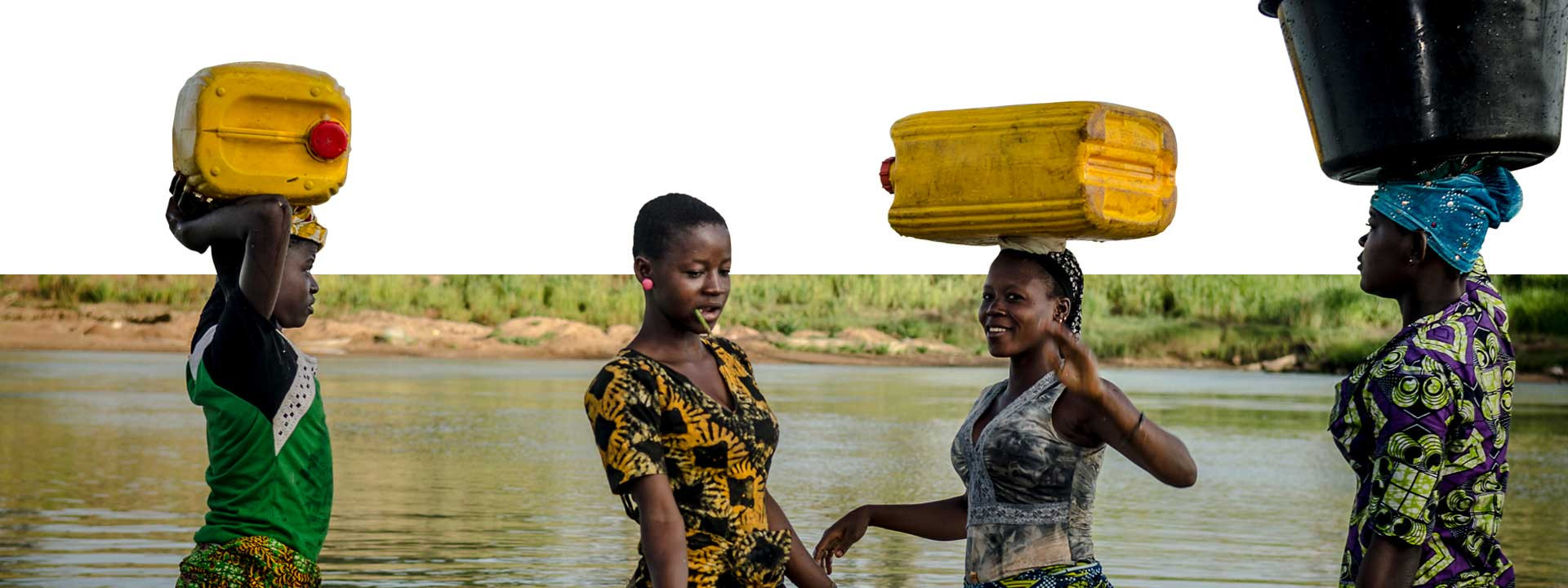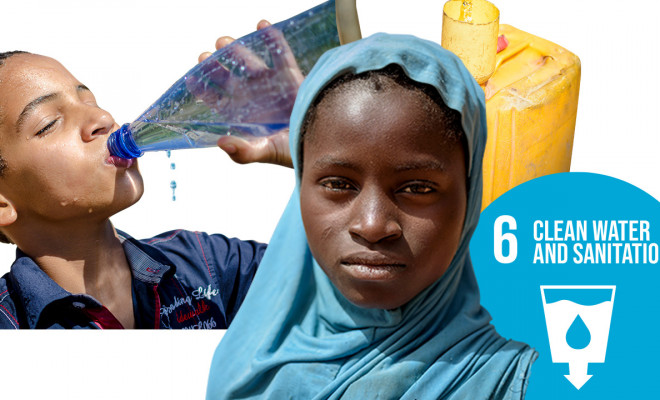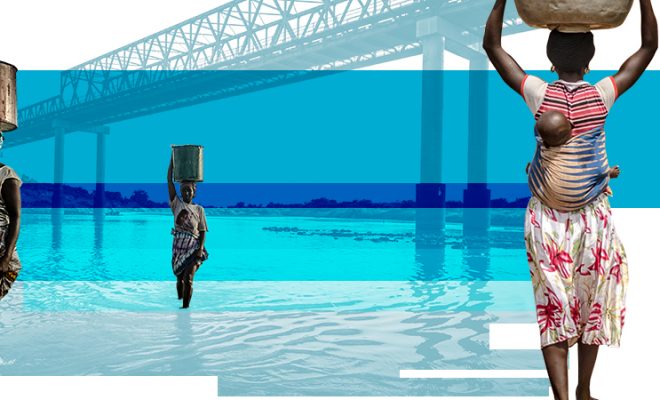
Having a pond, lake, or stream as the only access to water is a reality for more than 115 million people worldwide, almost 1.44% of the population in 2022. In 2015, it was about 164 million, 2.21% of the world’s population then. There is progress, but it is slow, and the pace of improvement does not bode well for achieving SDG 6 by 2030; much remains to be done.
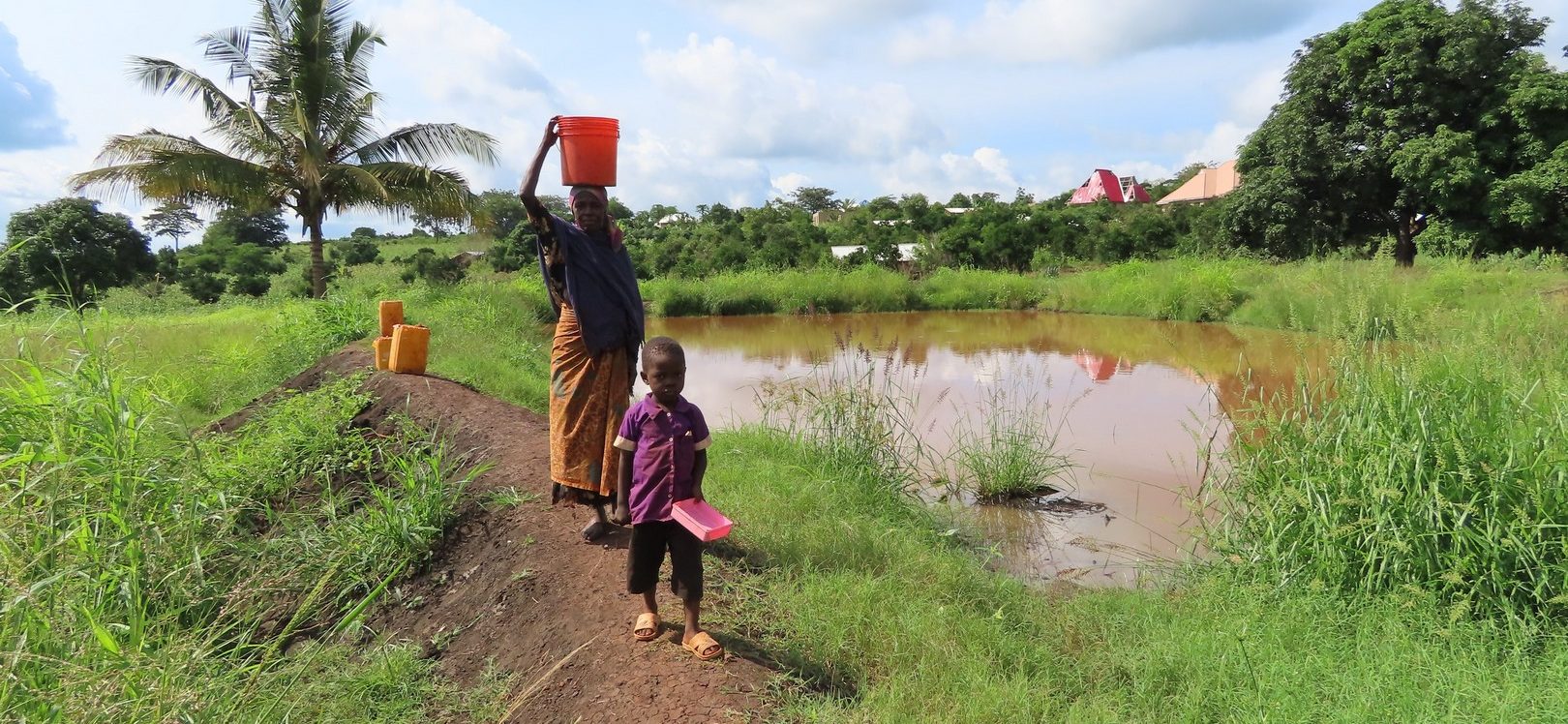
Groundwater saves lives and is vital to eradicating poverty in places where the only chance to drink is to go to a pond.
According to the UNICEF/WHO Joint Monitoring Program for Water Supply, Sanitation and Hygiene (JMP), more than 59 million of these people are in the world’s poorest countries, the vast majority in rural areas.
The map of neglect
Some countries even show a deterioration, such as Côte d’Ivoire, which, in 2022, already exceeded the figure of one million inhabitants of its rural areas with no other possibility to drink than to go to a pond, lake, or river to access water. A similar situation exists in Niger and Chad, countries with negative rates of evolution in access to surface water. Other African countries show stagnation without notable improvements, such as Togo, Benin, Mauritania, and the Democratic Republic of Congo.
These data show a correlation with those of open defecation. Of the 377 million who in 2022 still had no toilet, more than 136 million were in the rural areas of the poorest countries.
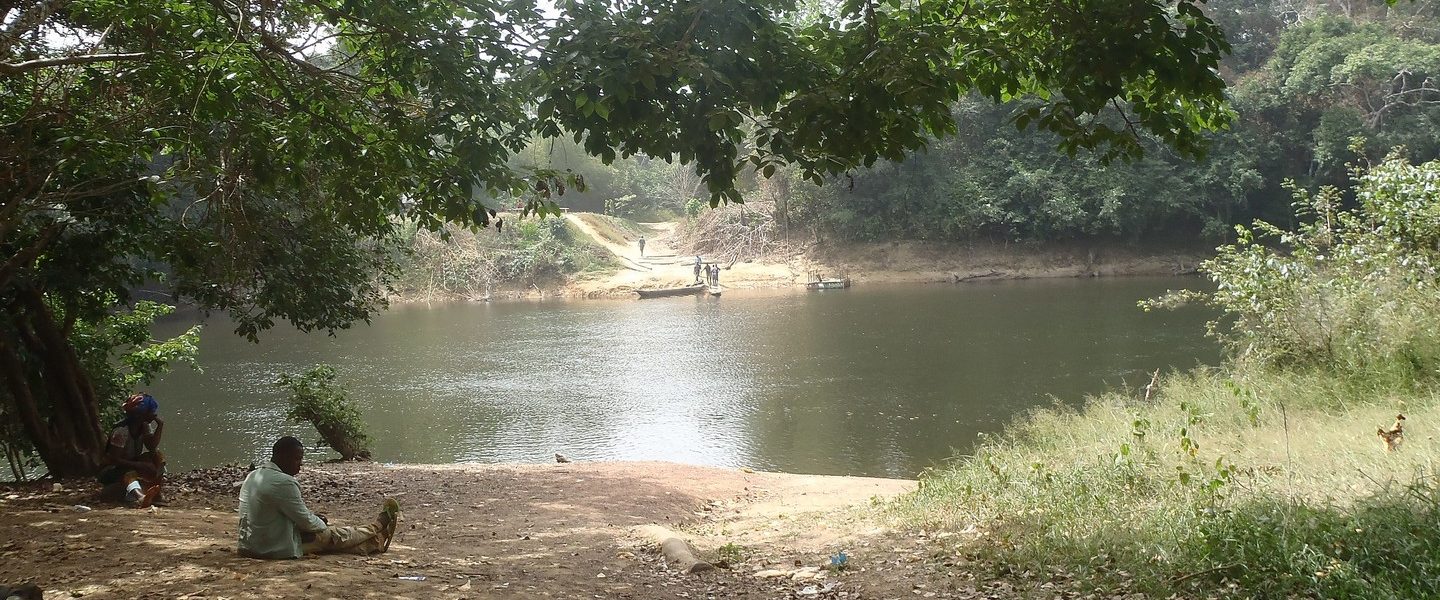
In 2022, in Côte d’Ivoire already exceeded the figure of one million inhabitants of its rural areas with no other possibility to drink than to go to a pond, lake, or river to access water © Kafougue
Generally, the populations accessing surface water and those practicing open defecation overlap and tend to reach the highest deterioration rates in the poorest areas. They make up the map of neglect.
Endemic diarrhea
Drinking water from ponds is one of the unhealthiest practices. Cases of waterborne diseases mainly affect children. According to UNICEF, worldwide, more than 1,000 children under the age of five die every day from diseases related to unsafe water and lack of sanitation. This scourge also leads to the loss of millions of hours of schooling in areas where providing a future for young people is essential.
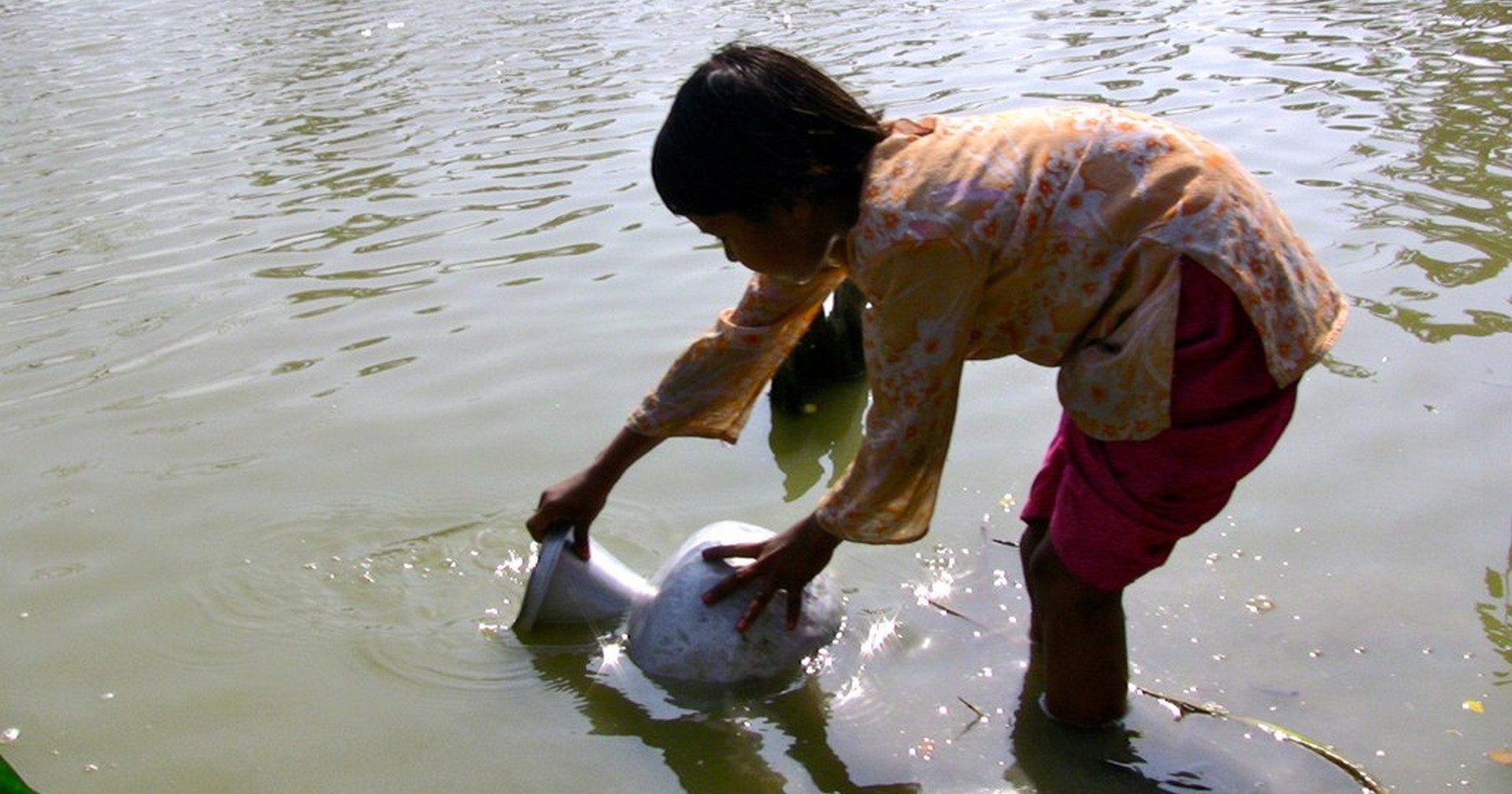
Drinking water from ponds is one of the unhealthiest practices. Cases of waterborne diseases mainly affect children. © Shawn
Children in economically poor areas are particularly vulnerable to bacterial diarrhea. They are often malnourished, so their immune systems are compromised, and they are affected by other ailments due to a lack of adequate health care. Childhood diarrhea, which in the economically developed world is an often unnoticed episode, can become lethal in the most deprived areas of the world.
The healing power of a simple well
Tanzania is another country improving very slowly in access to water. According to the JMP, 7.4 million people in rural areas, 18% of the population, were still using surface water in 2022, just a one-point improvement from 2015 when the rate was 19%.
In Kwedizinga, a village in Tanzania, we are starting a project with World Vision to ensure year-round drinking water for nearly 4,000 people who until now had no more than two small ponds nearby for their domestic use, watering their livestock and irrigating their small vegetable gardens.
The Tanga region, where Kwedizinga is located, lies to the east and borders the Indian Ocean. They experience two distinct wet periods: the short rains (Vuli) from October to December and the long rains (Masika) from March to May. During the first season, the ponds often dry up or carry so little water that the water is spoiled; then, there is no water even to water the cattle. Climate change is worsening the situation, increasing the periods of drought and the uncertainty of the population’s survival.
The project involves digging a well and installing a distribution system to localized sources. To this end, we will work with the villagers on a hydrological study to identify the aquifers; this is a fundamental first step for the community to know and become aware of the wealth they have beneath their feet. In the same way, we will dig the well and build a water storage tank, analyzing its quality. We will install a solar-powered mechanized pump and build a network of community fountains to ensure that the population has access within a maximum radius of 400 meters.
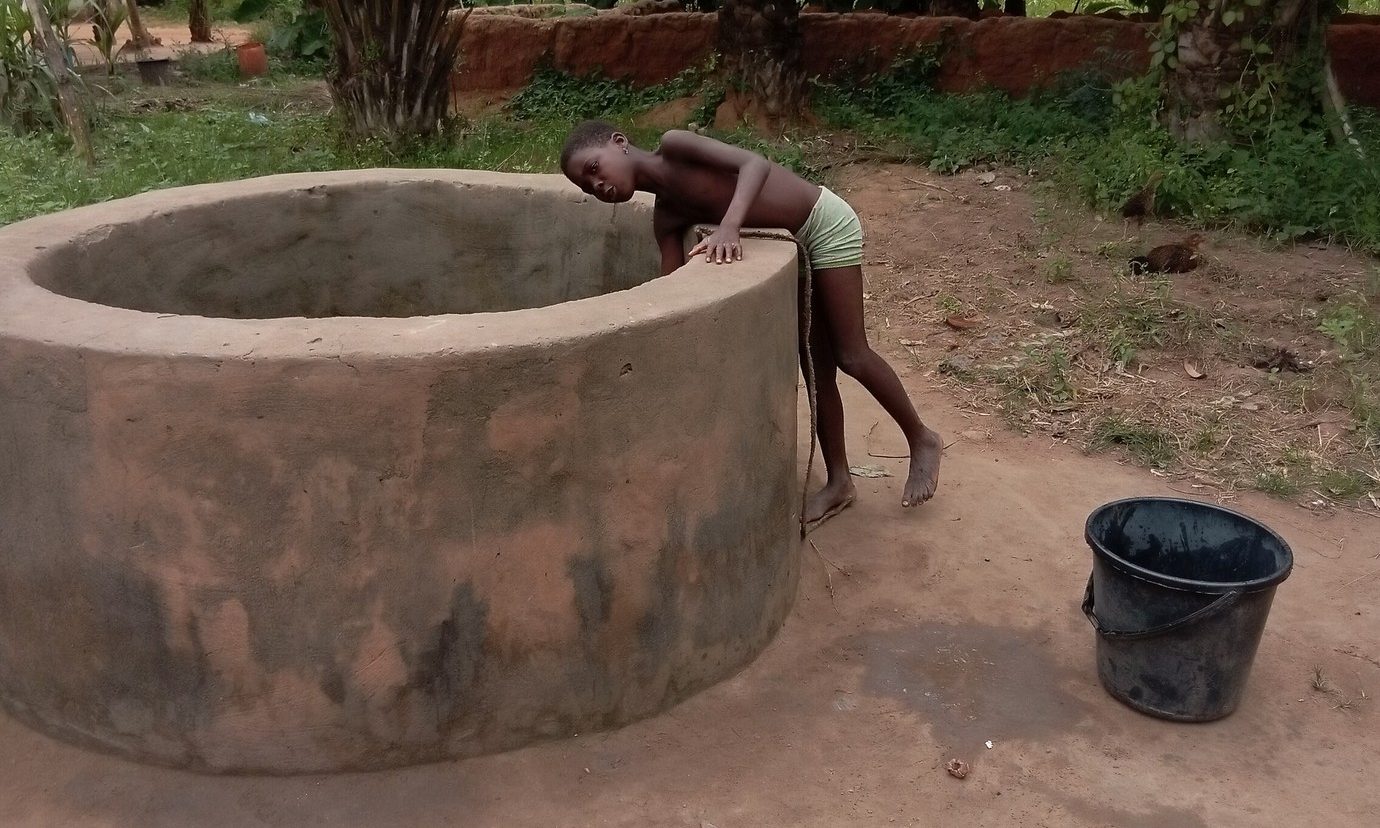
Most of those who do not have safe access to water have it beneath their feet, and a simple well dug in the right place changes their lives. © Konouyawo
The immediate benefits to the population will be the availability of water all year round, the health of the children, and relieving the women of the burden of having to fetch water from the ponds with jerry cans. But the most valuable benefit derives from the knowledge of the existence of groundwater, how to extract it, and how to care for it.
Most of those who do not have safe access to water have it beneath their feet, and a simple well dug in the right place changes their lives.


